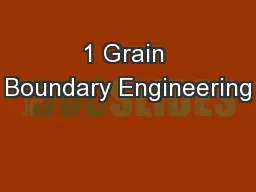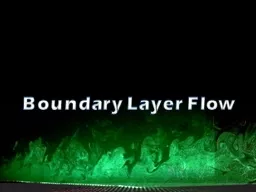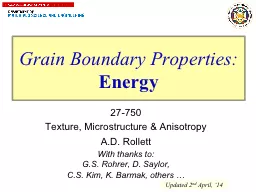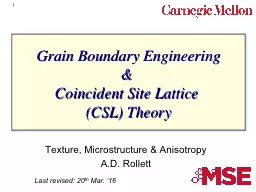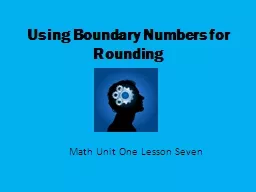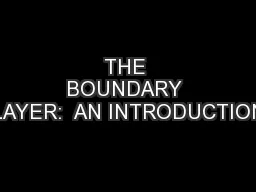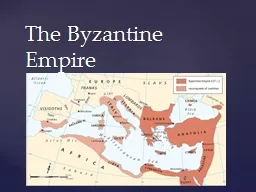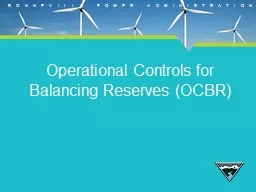PPT-Balancing location of points on a boundary of region
Author : tawny-fly | Published Date : 2016-05-04
Takeshi Tokuyama Tohoku University Joint work with many collaborators Prologue balancing in real life C enter of mass and barycenter Given a set of weighted
Presentation Embed Code
Download Presentation
Download Presentation The PPT/PDF document "Balancing location of points on a bounda..." is the property of its rightful owner. Permission is granted to download and print the materials on this website for personal, non-commercial use only, and to display it on your personal computer provided you do not modify the materials and that you retain all copyright notices contained in the materials. By downloading content from our website, you accept the terms of this agreement.
Balancing location of points on a boundary of region: Transcript
Download Rules Of Document
"Balancing location of points on a boundary of region"The content belongs to its owner. You may download and print it for personal use, without modification, and keep all copyright notices. By downloading, you agree to these terms.
Related Documents


